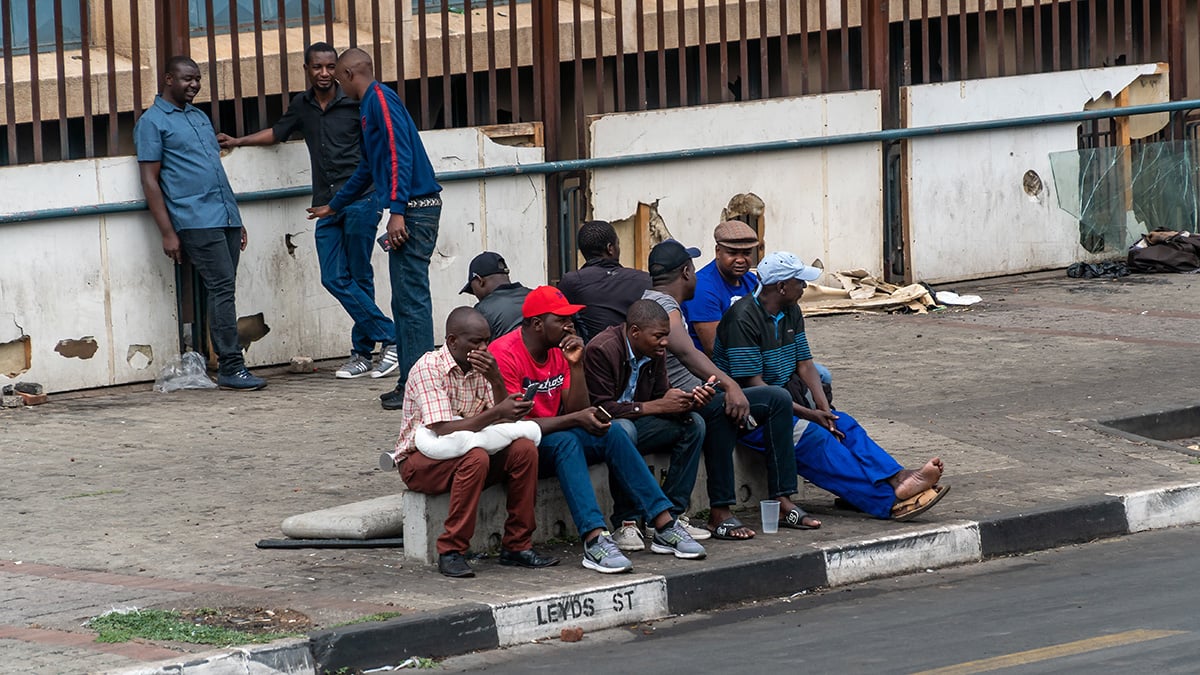Eastern Cape wage share strains fiscal sustainability
South Africa’s wage-heavy provinces constrain growth as ZAR10Y yields 10.5% and USDZAR=X trades near 18.7; elevated real rates and rigid spending ratios sustain risk premia despite CPI at 4.6% y/y and GDP growth of 1.2% in 2025.

South Africa’s latest provincial finance data confirm that wage-heavy budgets remain a structural constraint on growth and fiscal sustainability. In fiscal year 2023/24, provinces spent a combined R704 billion, of which compensation of employees accounted for R451 billion — 64.0% of total expenditure. The Eastern Cape posted the highest wage share at 67.1%, narrowly above the Free State at 67.0%. Education and health absorbed R535 billion — about 76% of provincial outlays — embedding personnel costs deep within service delivery and leaving barely a quarter of funds available for operations, transfers, or capital investment.
The fiscal mechanism is straightforward: when two-thirds of provincial budgets fund wages, the margin for productive expenditure collapses. Between FY2014/15 and FY2023/24, the provincial wage bill rose from roughly R271 billion to R451 billion, an average increase of 5.8% per year, outpacing nominal GDP and inflation. Headline CPI stood at 4.6% year-on-year in August 2025, meaning real compensation growth continues to exceed productivity. Such rigidity suppresses the fiscal multiplier of public spending and erodes long-term growth potential, especially in provinces where infrastructure backlogs in transport, health, and education require sustained investment rather than recurrent outlays.
At the national level, fiscal space has narrowed. South Africa’s gross loan debt is projected at 74.7% of GDP in FY2025/26, with debt-service costs consuming about 21% of main-budget revenue. Because provinces depend on central transfers for roughly 95% of their income, any deterioration in sovereign financing conditions or revenue performance transmits quickly to sub-national accounts. This feedback loop — high wage ratios constraining capex, weaker capex reducing productivity, slower productivity growth depressing revenue buoyancy — makes the national fiscal stance more pro-cyclical. As the economy expands only 1.2% in 2025, well below the emerging-market median near 3.5%, consolidation efforts risk entrenching stagnation unless the wage-to-capex mix shifts materially.
Markets continue to price this structural rigidity. The 10-year government bond (ZAR10Y) yielded 10.5% on 21 October 2025, around 590 basis points above inflation, underscoring elevated real rates that raise borrowing costs for provinces and municipalities. The rand (USDZAR=X) traded near 18.7 per dollar, reflecting sensitivity to fiscal headlines and energy-sector volatility. Elevated real yields and currency weakness amplify the cost of imported capital equipment, further compressing provincial development budgets. Foreign investors holding South African local-currency bonds now require a governance premium to offset policy-implementation risk, keeping the sovereign’s yield curve among the steepest in major emerging markets.
The structural comparison is stark. In federations such as Brazil and India, sub-national compensation typically ranges from 40 to 45% of spending, providing room for counter-cyclical infrastructure investment. South Africa’s 64% average ratio — and more than 67% in weaker provinces — places it at the high end of the emerging-market spectrum. That imbalance explains why the country’s capital-formation rate remains below 15% of GDP, compared with 25% in upper-middle-income peers, and why productivity growth has stagnated near 0.5% annually over the past decade. Wage-bill rigidity thus operates not only as a fiscal issue but as a macro-competitiveness constraint.
Policy options remain limited but measurable. Over the next 18 months, progress should be judged against three quantifiable indicators: first, provincial compensation ratios trending to ≤60% of total expenditure by mid-2026 through attrition, vacancy controls, and productivity-linked settlements; second, a 1-percentage-point rise in the capex share of provincial budgets to restore maintenance and project pipelines; and third, a 50-to-75-basis-point decline in the 10-year yield from its October 2025 level, alongside reduced USDZAR volatility compared with the 90-day average. Meeting these thresholds would confirm a pivot toward investment-led growth; missing them would reinforce the perception that fiscal policy remains locked in a wage-driven equilibrium, deterring private investment and sustaining risk premia across South African assets.





